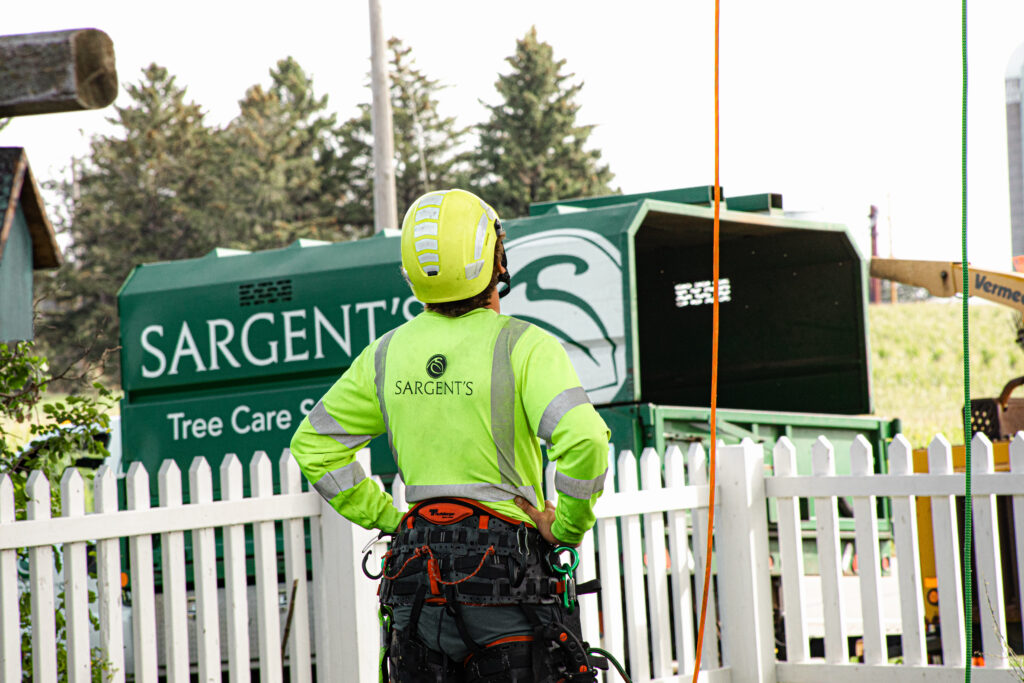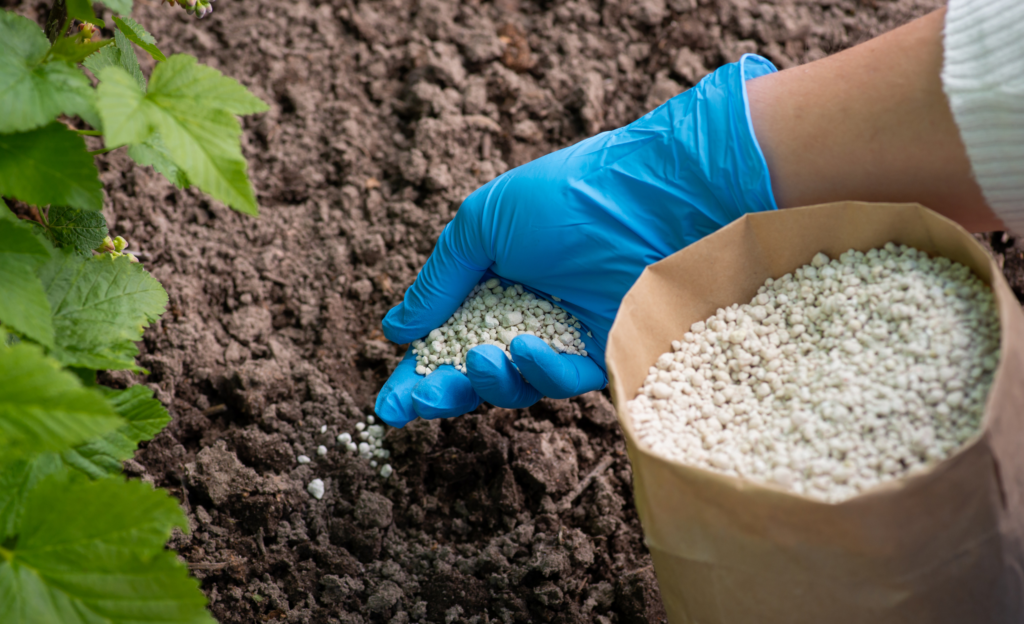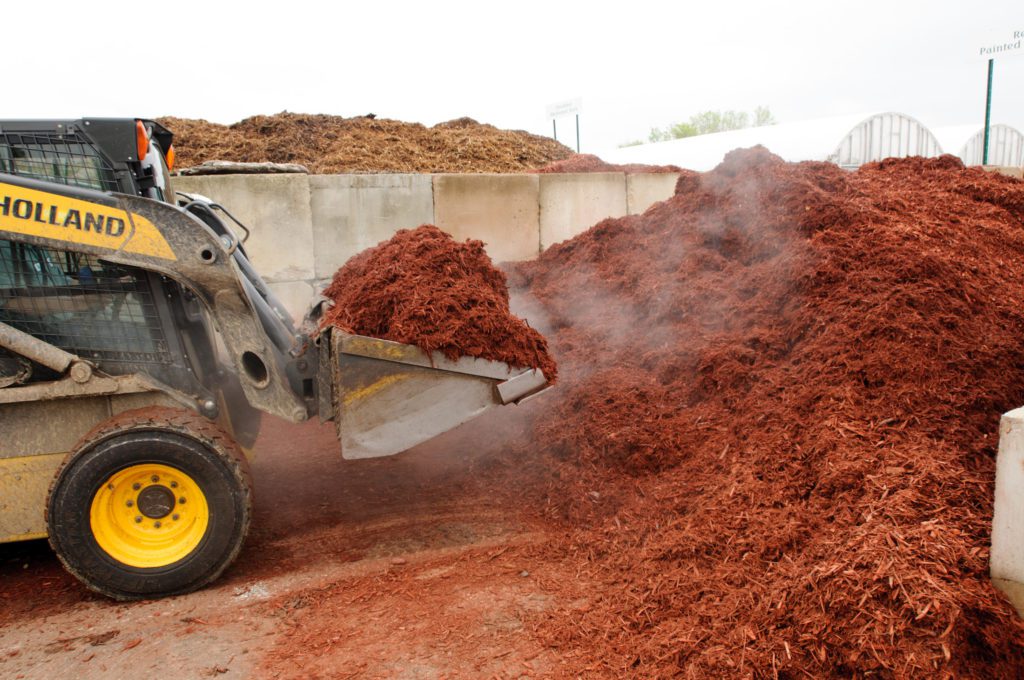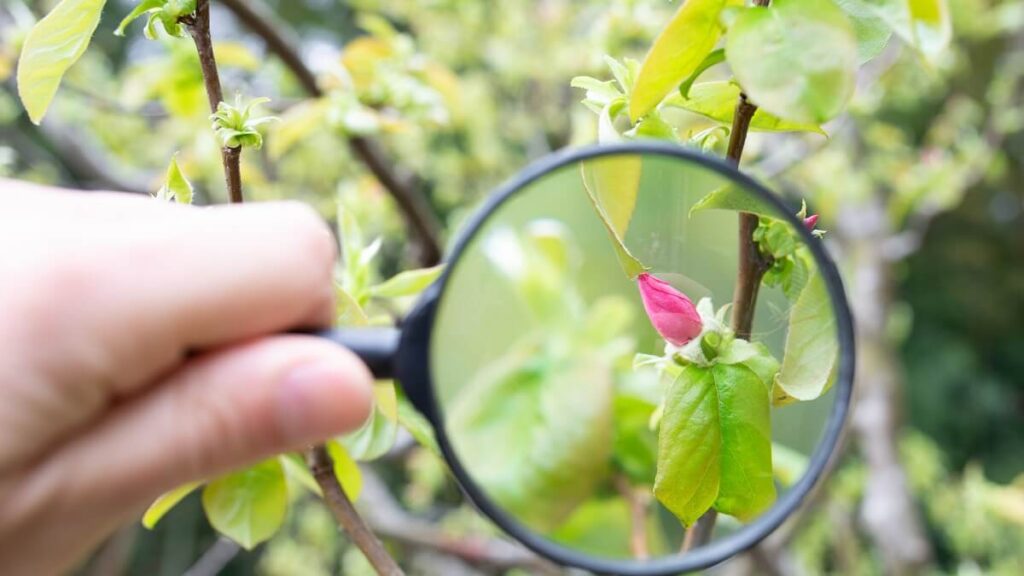There are few things sweeter than fresh, home-grown strawberries! If you haven’t considered growing this fruit because it seemed daunting, let us convince you otherwise. There are a variety of ways to grow strawberries, ranging from simple space-saving hanging baskets to a designated garden bed in the yard.
Tips on starting your strawberry patch:
- Strawberries thrive in full sun to produce maximum fruit.
- When planting, space plants 12 to 18 inches apart.
- Remove some runners throughout the season so your strawberries don’t take over your yard.
- Remove flowers for a few weeks after planting to encourage stronger plant growth.
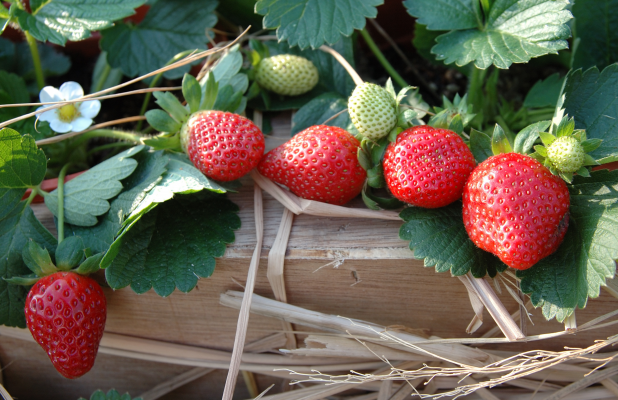
Making Strawberry Growing Simple
All strawberries are perennial, so you can reap the rewards of your efforts for years to come. There are three main types of strawberry plants: June-bearing, ever-bearing, and day-neutral. June-bearing plants can give you a large harvest of sizeable berries, quickly filling your freezer over a short 2–3 week period in early summer. Ever-bearing plants generally produce heavily in early summer and a smaller crop in late summer, with a few scattered berries in between. Day-neutral berries produce little berries in smaller quantities all season long.
To have berries all summer, you could plant a bed of June-bearing plants as well as some ever-bearing ones. Or to simplify, create a small bed of ever-bearing plants to keep your sweet tooth satisfied over the summer. If you don’t have the space and would like easily accessible fruits, opt for some ever-bearing plants in a stylish strawberry pot or hanging basket right on the patio. The only upkeep on potted strawberries is to routinely trim back long runners, fertilize, and keep well-watered. They can be treated as annuals or even overwintered in their pots in a protected location.
For even less fuss, choose alpine strawberries, a day-neutral variety. They tend not to produce runners, or very few, so managing them in the garden is much easier. The strawberries are much smaller and fewer in quantity, but they taste excellent. They grow best in a small area of sunny garden or in raised beds. They need ample rooting space so if grown in pots make sure they aren’t crowded.
Follow this Schedule for a Bountiful Strawberry Crop:
April: Rake straw away as plants grow, leaving a little straw to protect them.
April-May: Plant dormant transplants.
May-June: Plant potted transplants.
May: Pinch flower buds off transplants for a few weeks.
July: Thin June-bearing plants within two weeks after harvest.
July-August: Apply compost to day-neutral plants if needed.
July-October: Remove runners from June-bearing plants as needed.
November: Cover plants with straw if you plan to overwinter.
We hope this gives you the encouragement to get some strawberries growing in the garden or on the patio because nothing beats having fresh-picked berries at your fingertips!
For more information, check out this helpful article from the University of Minnesota Extension:


